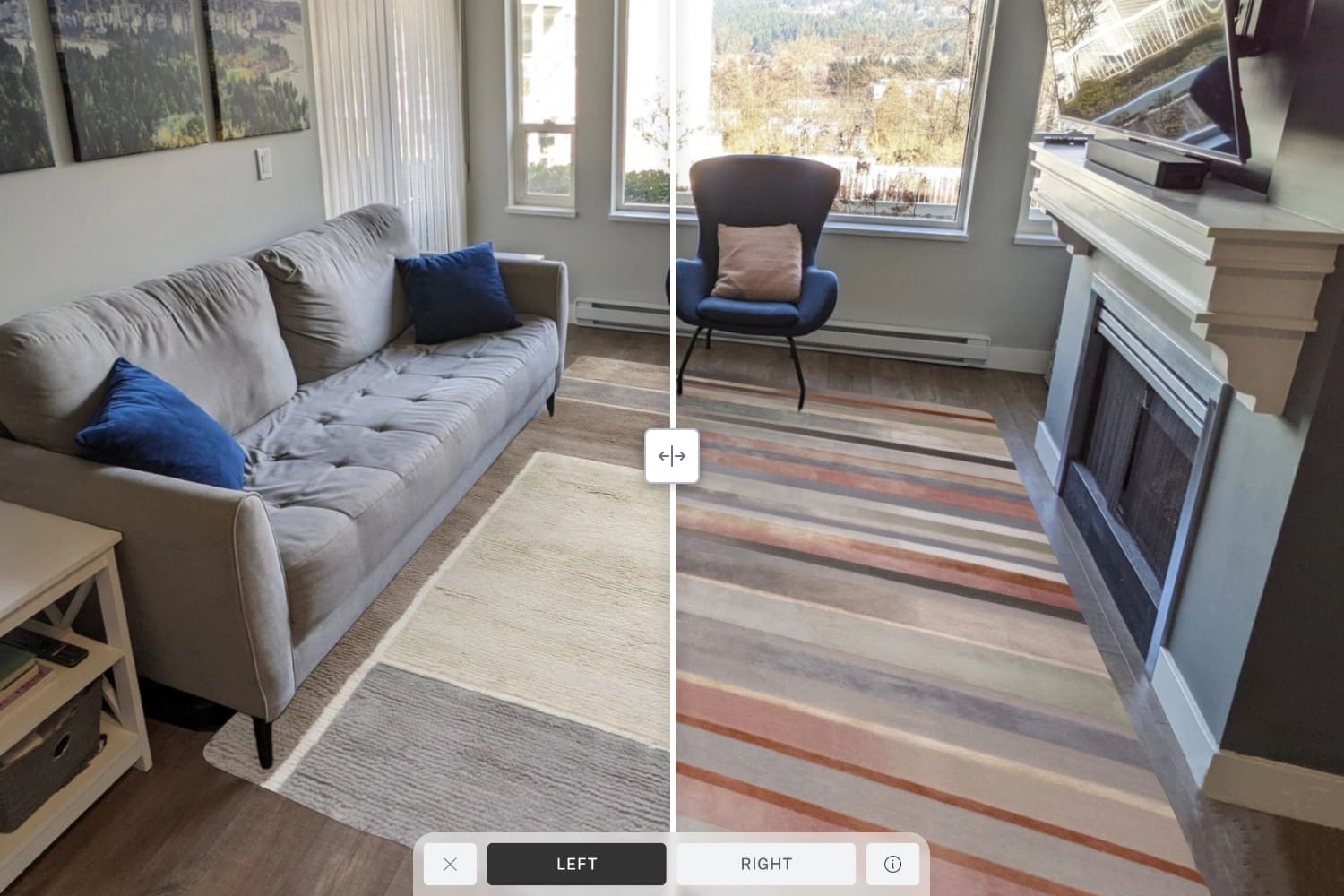149 days.
On average, that’s how long it takes for consumers to purchase flooring, according to Shaw Floors. Naturally, this involves several different stages, often culminating with an in-store experience. But, perhaps unsurprisingly considering the digital world that we live in, Shaw found that consumers spend the majority of this time in the comfort of their own homes conducting research online.
This aligns with Mohawk Flooring’s data, which reveals that 87% of consumers search for products using digital channels before making a purchase or visiting a showroom. This concept isn’t unique to the flooring industry, either. It’s just the reality of how people shop for home decor in 2023.
They may start their journey on a search engine, underscoring the importance of search engine optimization. Or, perhaps, they’ll browse through a social media platform like Pinterest for inspiration. And at one point or another, it’s almost inevitable that they’ll land on a retailer or manufacturer website. In fact, DIYers use home improvement store websites for research more than any other online source.
So, as a home decor/improvement brand, your website is one of the biggest drivers for acquiring new customers, boosting engagement, and, ultimately, generating more revenue.
Or, at least, it has the potential to be.
There are many different ways to set your home decor website up for success, but perhaps none more impactful than Roomvo’s industry-leading room visualization platform.
How does room visualization work?
With so many competitors — and so many websites — how can you help your home decor business stand out?
By getting your products into your customers’ homes, before they’ve even entered the showroom. Roomvo’s visualizer brings your products to life in your customer’s space, whether it’s floors, rugs, countertops, wall coverings, wallpaper, paint and more.
To see your product come to life in their space, the user simply needs to follow these three steps:
- Open up the room visualizer on your website
- Upload a photo of their room
- Select the product they want to see visualized
Then, Roomvo will instantly superimpose that product into the customer’s room – expertly detecting the original photo’s surfaces, lighting, and shadows to produce a lifelike rendering.
For larger renovations, Roomvo has the capability of superimposing a combination of floor coverings, wall treatments, and countertops within the same image, allowing shoppers to see your products together rather than having to visualize each of them independently.
This feature was a “complete game-changer” for leading tile distributor MSI, according to president Rup Shah, as it essentially integrated three visualizers into a single user experience.
“The user response was literally jaw-dropping,” Shah said of their multi-surface visualizer. “Consumers couldn’t believe the quality and speed of the rendering.”
Throughout the entire visualization process, the consumer never needs to leave your website, download an app, or enter any data. The visualizer is also customizable to your brand’s colours, fonts, and logos.
Benefits of room visualization
Room visualization is changing the way people plan for home renovations, driving real-world business results for home decor brands that leverage the technology.
Increased product engagement
By giving them an avenue to view your full catalog of products in their own homes, consumers have a new world of design possibilities at their fingertips. In turn, you can expect them to stay on your website for longer periods, and engage with far more of your products.
“Consumers look at 16 to 20 products using a photo in their own space compared to preset room scenes, where we typically see customers looking at four to six products on average,” said Joshua Ruff, VP of revenue at Roomvo.
For flooring manufacturer Engineered Floors, this led to 200,000 product views in the first six months following their visualizer launch, which was 3x more than the previous viewing rate.
Competitive advantage
When a customer sees your product in their space, it inspires an emotional connection that wouldn’t otherwise be possible. This gives your brand a competitive advantage.
Emad Abdel Ghani, chief information officer at rug manufacturer Oriental Weavers, noted that customers formed a better impression of their company and were more likely to visit their showrooms after using the Roomvo-powered rug visualizer on their website.
“It gets customers excited,” he said. “ They think, ‘Why don’t I go to the showroom and see this product physically.’”
More confident customers
Most of all, room visualization eliminates the guesswork in shopping for home decor and helps consumers find the perfect products for their homes. No longer do they have to tape a paint chip on the wall, or place a single 10cm x 10cm tile sample on the ground, and try to imagine what those products would look like when applied across an entire surface.
With room visualization, they can see the whole picture with the click of a button.
As a result, shoppers are making quicker and more confident purchasing decisions. And manufacturers and retailers are seeing accelerated sales. European cement tile retailer Designtegels, for example, found that their website visitors were 11x more likely to buy a tile sample after using Roomvo.
Compare and contrast
What about customers who’ve narrowed it down to two options but still can’t decide? With Roomvo Compare, home decor businesses can get to “yes” faster by making it easy for customers to see before-and-after room scenes or compare multiple floor options side-by-side.
For Rhoda Williams, senior brand manager at Rust-Oleum, it was an advantage that she experienced first-hand, having finalized the colour choice for her bedroom with Roomvo.
“I went between the Clay Mask Green and the Stellar Navy,” she said. “But as soon as I compared them side-by-side, I knew that the navy was going to be a better fit for my furniture and the lighting.”
Optimizing your room visualizer
Having a room visualizer is just the start.
To maximize its benefits, you need to get your customers using it. There are no shortage of opportunities to encourage usage through your marketing outreach, but it starts with how and where you’re promoting the visualizer on your website.
The most common areas include your top navigation bar, a hero section or slider on your homepage, and a prominent button on your product detail pages (PDPs), where you’ll have the best chance of closing a sale. Designer furniture and luxury interior brand Andrew Martin, for example, placed a “See it in your room” button above any product information or call-to-action on their wallpaper PDPs, opening up the corresponding wallpaper in their Roomvo-powered visualizer.
Some home decor brands, like Marazzi, have also created dedicated landing pages for their visualizer, featuring demonstration videos, screenshots, and other how-to resources.
Supercharge your home decor website
In this day and age, your website could make or break your home decor business. Knowing that shoppers start their purchasing journeys online, it’s your best opportunity to attract potential customers before they ever step into a showroom, and, ultimately, convert them into buyers. Supercharge your website today with Roomvo’s immersive digital solutions that simplify the home decor shopping experience.
Written by:
-

Farhan Devji is a published author and content writer who’s written for some of Canada’s biggest newspapers and worked in communications/marketing for close to a decade. His new book, Alphonso Davies: A New Hope, was published in May 2023 with ECW Press.






